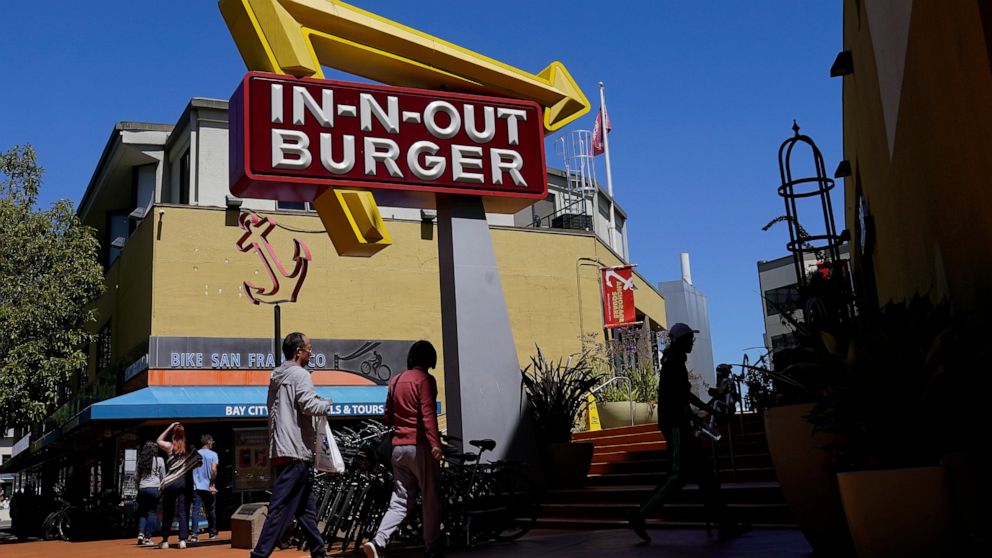WASHINGTON — For nearly nine months, the Federal Reserve has relentlessly raised interest rates to try to slow the U.S. job market and bring inflation under control.
And for just as long, the job market hasn’t seemed to get the message.
The November employment report the government issued Friday was no exception. Employers added 263,000 jobs — a substantial gain that was far above economists’ expectations. Wages rose robustly, too, further intensifying the inflationary pressures the Fed has been struggling to contain.
And the unemployment rate remained at 3.7%, barely above the half-century low of 3.5%.
Friday’s hiring data left economists scratching their heads over the job market’s resilience and the continuing need of many employers for more workers.
“The Fed is tightening monetary policy, but somebody forgot to tell the labor market,’’ said Brian Coulton, chief economist at Fitch Ratings.
The Fed’s inflation challenge began after the economy roared back from the pandemic recession two years ago, causing vast shortages of goods and sending prices soaring. After assuming — falsely — for months that high inflation would prove short-lived, the Fed finally began raising its key short-term rate in March this year.
Since then, its rate hikes have been recurrent and aggressive. The Fed has raised its benchmark rate six times, including four straight increases of three-quarters of a point — far larger than the usual quarter-point hikes. Later this month, it’s expected to raise its key rate by an additional half-point.
Because the Fed’s rate affects borrowing rates across the economy, its hikes have had the effect of making loans much costlier for consumers and businesses. The idea is that individuals and companies would then cut back on borrowing and spending, and employers would slow their hiring.
But the economy — and especially the job market — have proved surprisingly durable in the face of the Fed’s anti-inflation campaign, a fact underscored by Friday’s strong jobs numbers.
The central bank’s goal is to achieve 2% annual inflation. It has a long way to go, to say the least: The most recent inflation report showed consumer prices up 7.7% from a year earlier.
Here are five takeaways from the November jobs report:
———
TOO HOT FOR THE FED
Last year, the economy added a record 6.7 million jobs, and it tacked on an average of 457,000 a month more from January through July this year. Since then, hiring has cooled,…
Click Here to Read the Full Original Article at ABC News: Business…

